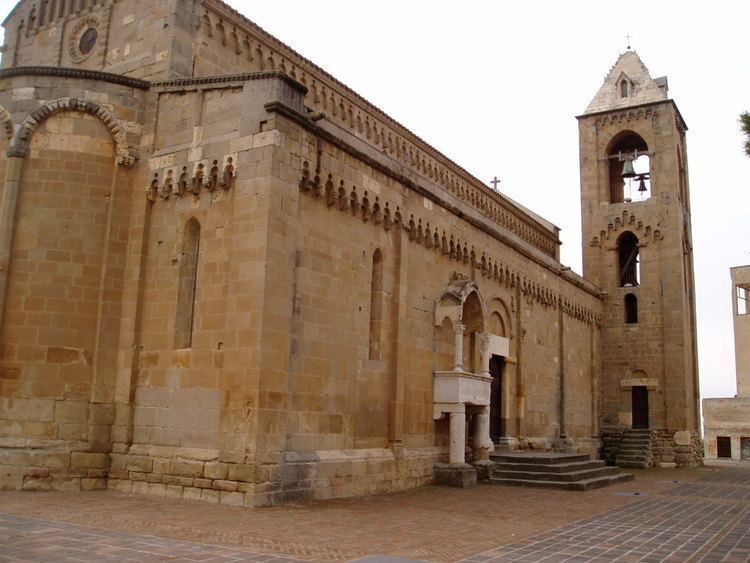Elevation 212 m (696 ft) Time zone CET (UTC+1) Area 84.6 km² Local time Thursday 4:31 PM Postal code 09041 | Demonym(s) Dolianovesi Dialing code 070 Region Sardinia Dialling code 070 | |
 | ||
Weather 17°C, Wind N at 29 km/h, 72% Humidity | ||
Dolianova (Sardinian: Patiolla) is an Italian town and comune in the province of South Sardinia, Sardinia. The town was born on 25 June 1905 from the fusion of two centers: Sicci San Biagio and San Pantaleo. Its economy is based on agriculture (wine and olive oil). The name "Dolianova" has obscure origins. It is thought to be related to the Latin "Pars Olea" (Place of Oil).
Contents
Map of 09041 Dolianova Province of Cagliari, Italy
History
The first documents about Dolia dates back to 1089, when the bishop Virgilio signed the act of foundation of the monasteries of Saints Giorgio and Genesio, created by the will of Arzone, judge of Cagliari.
In 1503 the diocese of Dolia was united with the diocese of Cagliari.
At the end of the era of Giudicati, San Pantaleo and Sicci followed different roads: the first one became a fief of Suelli's bishop. Then, the archbishops of Cagliari, become barons, made San Pantaleo the most important centre of the zone, which exercised its power on the villages of Donori, Serdiana, Sicci, Soleminis and Ussana.
The small village of Sicci San Biagio, during the Aragonese domination, was transformed into a baronage and assigned to Raimondo De Amburra. Sicci thenceforth became a fief of the dukes of Mandas y Tellez Giròn de Alcantara, who maintained it until the end of feudalism. In 1846 San Pantaleo had 1360 inhabitants, Sicci 727.
The two ancient villages of San Pantaleo and Sicci San Biagio, once separated by the great gardens of the villa of marchionnesses Boyl of Putifigari (which is now the museum of oil “Sa Mola de su Notariu”), are the two quartiers of the modern Dolianova.
Main sights
Culture
The most important events in Dolianova are dedicated to the two saints, which name is related to the ancient villages of San Pantaleo and Sicci San Biagio: the first one is characterized by a procession through the streets with the statue of the saint and a big candle (Su Xeru) transported to Saint mary's church in Siurgus Donigala as a memory of a vow against the plague.
